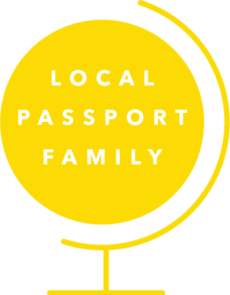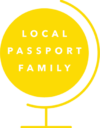Facts About South Korea
South Korea Basic Facts
- The capital of South Korea is Seoul.
- The official name is the Republic of Korea in English, 대한민국 (Daehan Minguk) in Korean writing (Hangeul).
- Moon Jae-in is the current President of South Korea.
- South Korea is located in East Asia.
- The country is bordered by the Democratic People’s Republic of Korea (North Korea) to the north.
- Korean is the official and national language of South Korea. The Hanguk dialect is spoken in South Korea.
- The currency in South Korea is the South Korean won = 1200 South Korean won ~ $1 USD
- Korea has 4 distinct seasons.
- Some of the common religions are: Protestant Christianity (19.7%), Korean Buddhism (15.5%) Catholic Christianity (7.9%)
- The main industries include textile, steel, car manufacturing, shipbuilding and electronics. South Korea is the world’s largest producer of semiconductors.
South Korea Fun Facts
- You are one year old as soon as you are born in Korea.
- The YouTube video of Gangnam Style was the most-watched YouTube video ever. BTS has had more views in 24-hours than any other video in the history of videos. The all-girl band Blackpink just broke a record for the most simultaneous views of a video, when 1,650,000+ people watched “How You Like That.”
- Korean culture highly values family, ancestors, and respecting elders.
- On average, Koreans work a 55-hour week, 15-hours longer than what is standard in the US.
- People who live in Seoul sleep an average of less than six hours per night.
History & Geography Videos About South Korea
Map of South Korea
Color in South Korea on this map of Asia!
South Korea Flag Activity
The South Korean flag has three parts: a white background, a red and blue Taegeuk in the middle and four black trigrams facing each corner.

Flag from HERE
HERE is a fun printable South Korea flag coloring sheet!
Famous South Korean Landmarks
Featured Important South Korean Person: Seo Taji and Boys
K-Pop music is famous for combining different styles of pop music with other musical elements from around the world. This mixing happened at least as early as 1885 when a Pennsylvanian Protestant missionary taught Korean lyrics with English folk songs. More popularly, Seo Taiji & Boys performed some English lyrics and hip hop dance moves to Korean tunes on a Korean talent show in 1992. This moment started Hallyu, or the modern “Korean culture wave,” in which so many other parts of the world have grown to love Korean culture.






